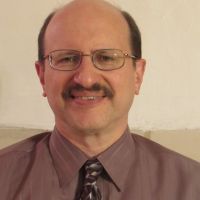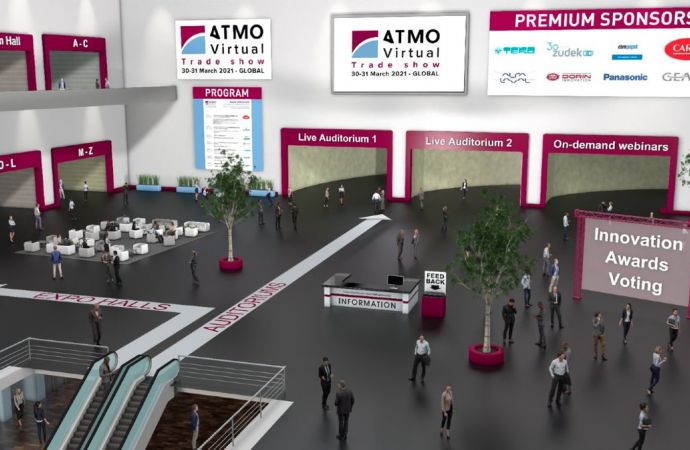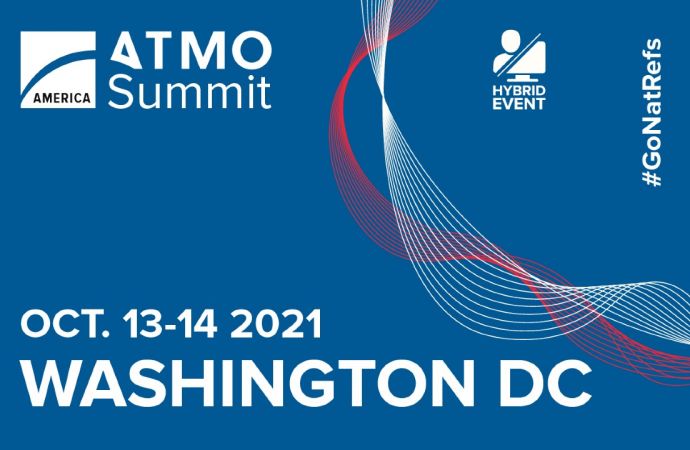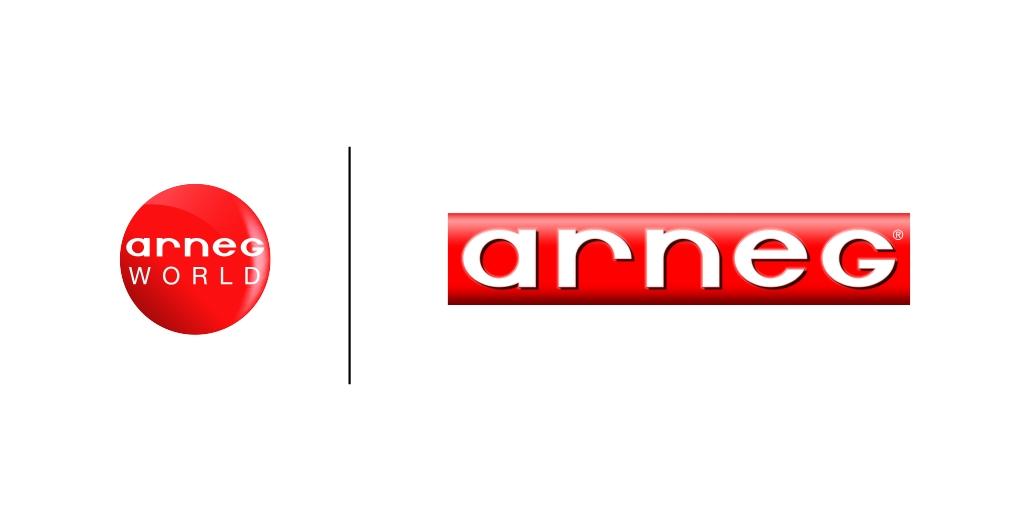With retailers like Mi Comisariato in Ecuador, and Carrefour in Martinique, Arneg Central America is showing that transcritical CO2 can be used in countries near, and at, the hot latitudinal center of the world.

Rolando Bissot
Arneg Central America, based in Panama City, Panama, has found a way to market transcritical CO2 refrigeration in warm climates like Central America and the Caribbean, as well as Ecuador in South America, which the earth’s Equator cuts through.
The secret is that its transcritical CO2 systems typically include parallel compression and often ejectors as well. These technolo- gies, which the company started offering in December 2019, help prevent the systems from entering less-efficient transcritical mode at ambient temperatures above 31°C (88°F).
To find out more about Arneg Central America’s approach to tran- scritical CO2, Accelerate queried Rolando Bissot, its engineering and maintenance manager.
What are some of your recent transcritical CO2 installations?Rolando Bissot: Our recent transcritical CO2 installations include: a new Riba Smith store in Panama City, Panama, with parallel compression; a refurbished Carrefour Market in Le François, Martinique, with Carel ejectors and parallel compression; two Mi Comisariato stores in Guayaquil, Ecuador, with parallel compres- sion; three new Marche Service stores in Guadeloupe with parallel compression; and a refurbished Leclerc Place D’Armes in Le Lamentin, Martinique, with Danfoss multiejector–vapor, and parallel compression.
Do you see more interest in these systems in your region?Rolando Bissot: In Ecuador, the largest chains only do new super- markets with CO2 technology. They have experienced the energy savings and do not want to turn back.
In Central America, we have had some hesitation from clients about the technology because they view it as brand new and their technicians do not have the experience. But with our experience over the past couple of years in Panama, we have proved that qualified refrigeration technicians can be trained to manage these new systems.
In the Caribbean, we have positioned ourselves as a market leader for CO2 technologies with several systems installed in Curacao, St. Maarten, Guadeloupe and Martinique. We hope to expand to St Lucia, Aruba, Trinidad and Tobago, and the Dominican Republic in the coming months. Electricity costs are a lot higher on the islands of the Caribbean than in Central America; therefore, energy savings drive the change.
How does the capital and installation cost of these systems compare to that of traditional systems? Is cost a challenge in selling these systems in this part of the world?Rolando Bissot: When we first started with CO2 technology, component costs were elevated when compared with tradi- tional HFC systems, but year after year we have seen the prices go down and level out between the two. We always run ROI scenarios with potential clients, and when we include the energy savings of a transcritical system and the initial refrigerant charge, the transcritical option is very desirable. Refrigerant prices will continue to rise and this will in a way force the clients’ hand to make the switch to CO2, mainly transcritical.
How does the energy efficiency of these systems compare with that of traditional systems?Rolando Bissot: For our first transcritical installation in the Caribbean we expected a 14% energy savings compared to the R404A system we were offering. Following the installation and first year of operation, we have recorded energy savings of 21%.
The largest first-cost savings is the initial refrigerant charge and it must always be considered in the comparison. Depending on the region it can represent a 40-fold reduction (US$80,000 to $US2,000).
How do you train technicians?
Rolando Bissot: The training we offer our technicians and clients starts with the basic concepts of trascritical refrigeration when we start discussing the types of systems we offer.
We then set up a more in-depth training session with the main- tenance and engineering departments of the client so that they can feel confident they understand the technology before making a decision to switch to transcritical refrigeration. We do the same training sessions with the technicians of our partners that will carry out the installations and maintenance.
We also rely on training sessions offered by our suppliers and partners for more in-depth training on specfic system components (compressors, valves, controls, supervision, etc.).
For some clients, the change to CO2 is not just a change in the system's refrigerant gas, but a change from mechanical controls to electronic case controllers, electronic rack controllers, and electronic expansion valves.
Tell us about your training facility in Panama City?
Rolando Bissot: We have created a training laboratory/ showroom in our new offices in Panama City, Panama, but due to the COVID-19 travel restrictions we have not been able to use it yet; we expect it to be ready by January 2021. The idea is to bring technicians and clients to the laboratory setting so they can see the transcritical system working, manipulate the system parameters, and simulate common maintenance tasks.
The facility has a transcritical CO2 system with a parallel compressor, ejectors and integrated air conditioning via a chilled water supply. We expect a couple of new stores before the end of 2020 will include an integrated transcritical air-conditioning system.
What is the biggest obstacle to selling transcritical CO2 in Latin America?
Rolando Bissot: By far the biggest challenge is the fear of the unknown. I am referring to the irrational fear of new technolo- gies. Its always the same claims you hear about transcritical refrigeration, such as: too high working pressure, only works in cold climates, only works in Europe, etc. This can be expressed as a fear of CO2 technology or as a fear of new electronic compo- nents. But with our training, remote monitoring, and site visits, we can show technicians and clients that we brought the CO2 equator all the way down to the Equator, with considerable energy savings.
With many installed projects, and several success stories and ROI validations in our portfolio, it has become easier to show prospective clients that transcritical technology is already in Latin America and it’s here to stay. We have not experienced any client that has jumped backwards to HFCs after seeing the benefits of CO2 and specifically transcritical benefits. Once they install transcritical systems, they start looking for more transcritical variations such as mechanical subcoolers, adiabatic subcoolers, heat reclaims, integrated A/C, ejector variations, among other options.
This article is included in a special issue of Accelerate focusing on Best Practices for Natural Refrigeration in Food Retail. Read the entire issue here.
Related stories



